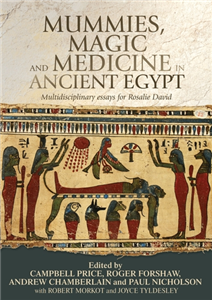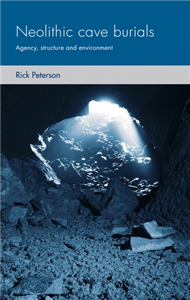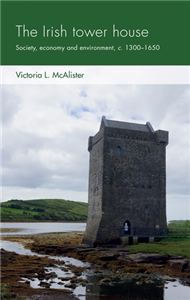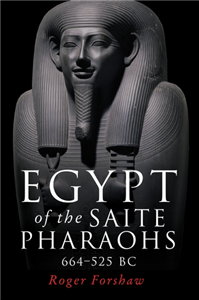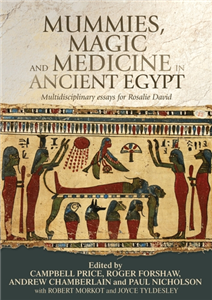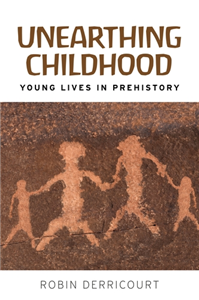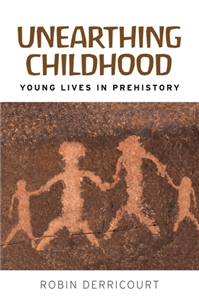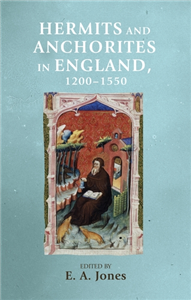Mummies, magic and medicine in ancient Egypt
Essays in honour of Rosalie David
by Campbell Price, Roger Forshaw, Andrew Chamberlain, Paul Nicholson
This volume, published in honour of Egyptologist Prof. Rosalie David OBE, presents the latest research on three of the most important aspects of ancient Egyptian civilisation: mummies, magic and medical practice. Drawing on recent archaeological fieldwork, new research on Egyptian human remains, reassessments of ancient Egyptian texts and modern experimental archaeology, these essays try to answer some of Egyptology's biggest questions: How did Tutankhamun die? How were the Pyramids built? How were mummies made? A number of leading experts in their fields combine both traditional Egyptology and innovative scientific techniques to ancient material. The resulting overview presents the state of Egyptology in 2016, how it has developed over the last forty years, and how many of its big questions still remain the same. ;



